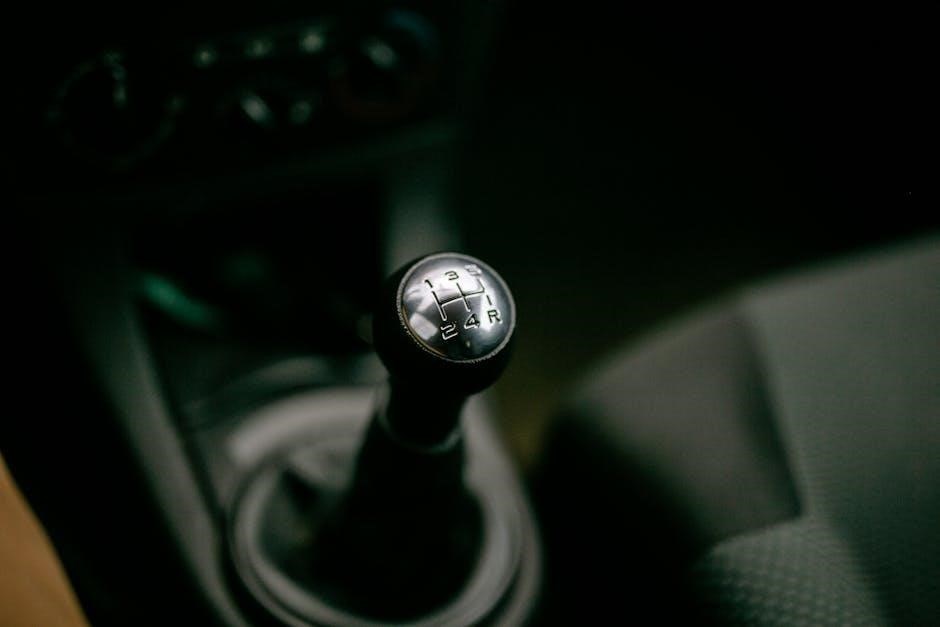The BMW E46, known for sporty driving, offered both manual and automatic transmissions. However, manual transmissions can suffer wear and tear. Recognizing common issues early saves owners from costly repairs.

BMW E46 Manual Transmission: A Comprehensive Guide
The BMW E46, a well-engineered vehicle, offers both manual and automatic transmission options. Each has its own potential issues. Manual transmissions in the E46 are engineered for sporty driving, but can suffer from wear and tear over miles. Recognizing symptoms early saves owners from costly repairs.
The E46’s manual transmission problems can manifest in various ways. Common issues include slipping gears, rough shifting, and unusual vibrations. Addressing these promptly is crucial. The sequential manual gearbox (SMG) on the M3 models is prone to pump failures. Also, manual transmission cars use Flex Disc 26111227410.
This guide provides a comprehensive look at the E46 manual transmission. We will cover common problems, potential causes, and maintenance. By understanding these aspects, E46 owners can maintain their vehicles effectively. Regular maintenance and timely repairs will extend the life of the transmission. This will ensure optimal performance and driving enjoyment for years to come.

Common Issues with E46 Manual Transmissions
E46 transmissions can have issues. Owners report slipping gears and rough shifting; The M3’s SMG gearbox is prone to pump failures, requiring maintenance.
Slipping Gears
One of the most alarming and frequently reported issues with the E46 manual transmission is the occurrence of slipping gears while driving. This unsettling phenomenon involves the transmission unexpectedly disengaging from the selected gear, causing a momentary loss of power and control. Slipping gears can manifest in various gears, although it is often more pronounced in higher gears where the engine experiences greater load.
The sensation is akin to the car briefly entering neutral without driver input. This issue can be particularly dangerous, especially when overtaking or driving in heavy traffic, as the sudden loss of acceleration can create hazardous situations. Identifying this problem early is crucial to prevent further damage to the transmission and ensure driver safety. Addressing slipping gears promptly can save on potentially expensive repairs down the line and maintain the overall performance and reliability of the E46.
Rough Shifting
Another common concern experienced by E46 manual transmission owners is the presence of rough shifting. This manifests as difficulty engaging gears smoothly, often accompanied by grinding noises or a notchy feel when moving the gear lever. Instead of a seamless transition between gears, the driver may encounter resistance or a clunky sensation.
Rough shifting can stem from several underlying issues within the transmission system. Worn synchronizers, responsible for matching gear speeds during shifts, are frequent culprits. Low or contaminated transmission fluid can also contribute, as it fails to provide adequate lubrication for the internal components. Problems with the clutch, such as a worn clutch disc or a malfunctioning release bearing, can further exacerbate shifting difficulties. Addressing rough shifting promptly is essential to prevent accelerated wear on the transmission and ensure a more pleasant driving experience.
Gear Knob Vibration
Excessive vibration in the gear knob is a problem reported by some E46 manual transmission owners. This vibration can be felt through the gear knob during acceleration, deceleration, or even while idling in neutral; The intensity of the vibration may vary depending on the engine speed and the gear selected.
Several factors can contribute to gear knob vibration. Worn or damaged transmission mounts, which are responsible for isolating the transmission from the chassis, can allow vibrations to transmit more readily. Issues within the transmission itself, such as worn bearings or misaligned gears, can also generate vibrations that are felt through the gear knob. In some cases, a loose or damaged shift linkage can amplify vibrations. Diagnosing the source of the vibration is crucial to implementing the appropriate repair and restoring a smoother driving experience.
Second Gear Syncro Problems
A common issue reported by E46 manual transmission owners is difficulty shifting into second gear, particularly when the transmission is cold. This problem often manifests as a grinding noise or resistance when attempting to engage second gear. The culprit is usually wear or damage to the second gear synchronizer.
The synchronizer’s purpose is to match the speed of the input shaft and the second gear before engagement, ensuring a smooth shift. Over time, the synchronizer ring can wear down, reducing its ability to effectively synchronize the gears. This leads to the grinding noise and difficulty shifting. While a fluid change might offer temporary improvement, replacing the worn synchronizer is the typical long-term solution. Ignoring this issue can lead to further damage within the transmission.

Potential Causes of Transmission Problems
BMW E46 transmission issues can stem from low fluid levels, clutch problems, or general wear and tear. Addressing these potential causes promptly is crucial for maintaining safety and performance.
Low Transmission Fluid Level
Low transmission fluid level is a primary cause of BMW E46 manual transmission problems. Fluid leaks, a common issue, can lead to diminished lubrication, resulting in rough shifting and potential damage to internal components. Regular checks are paramount. Maintaining the correct fluid level ensures optimal performance and prolongs the transmission’s lifespan.
Symptoms of low fluid may include difficulty shifting gears, slipping out of gear while driving, or unusual noises emanating from the transmission. Addressing leaks promptly prevents further fluid loss and potential costly repairs. A professional diagnosis can pinpoint the source of the leak, whether it’s from seals, gaskets, or other components.
Furthermore, using the correct type of transmission fluid is crucial. BMW specifies particular fluids for its manual transmissions, and using the wrong type can lead to performance issues and damage. Regular fluid checks and timely top-ups are essential maintenance practices for E46 owners.
Clutch Slipping
Clutch slipping is a significant concern in E46 manual transmissions. When the clutch slips, the engine’s power isn’t fully transferred to the wheels, resulting in reduced acceleration and overall performance. This often manifests as the engine revving higher than usual without a corresponding increase in speed.
Slipping occurs when the clutch disc loses its ability to grip the flywheel effectively. This can be caused by a worn clutch disc, contamination from oil or grease, or a malfunctioning clutch pressure plate. High mileage and aggressive driving habits can accelerate wear on the clutch components.
Diagnosing clutch slippage involves observing the car’s behavior during acceleration. If the RPMs climb rapidly without a proportional increase in speed, especially in higher gears, it’s a strong indication of a slipping clutch. Addressing this issue promptly prevents further damage to the clutch and related components and restores optimal performance.
Wear and Tear
Wear and tear is an inevitable factor affecting all mechanical components, and the E46 manual transmission is no exception. Over time, the internal parts of the transmission, such as gears, synchros, bearings, and shift forks, experience gradual degradation due to friction and stress.
High mileage, aggressive driving habits, and infrequent maintenance can accelerate the wear and tear process. Symptoms of wear and tear can include rough shifting, difficulty engaging gears, unusual noises, and increased gear knob vibration.
Regularly inspecting and addressing these symptoms is crucial for maintaining the longevity and performance of the transmission. Replacing worn components, such as synchros or bearings, can prevent more significant damage and costly repairs down the line. Addressing wear and tear proactively helps ensure smooth and reliable shifting for years to come.

Maintenance and Prevention
Maintaining your E46 manual transmission involves regular fluid checks, addressing potential clutch issues, and being mindful of wear. Proactive care ensures smooth shifting and prevents costly repairs.
Regular Fluid Checks
Regularly checking your E46 manual transmission fluid is crucial for maintaining its health and performance. Low transmission fluid is a primary cause of problems. Monitoring the fluid level helps prevent issues like slipping gears and rough shifting. Consistent fluid checks allow for early detection of leaks, ensuring prompt attention and preventing further damage.
The correct fluid level ensures proper lubrication, reducing friction and wear on internal components. This proactive approach extends the life of the transmission and contributes to smoother gear changes. Furthermore, regular checks enable you to assess the fluid’s condition, identifying contamination or degradation that could indicate underlying problems.
By making fluid checks a routine part of your E46 maintenance, you can proactively address potential issues and minimize the risk of costly repairs. This simple step contributes significantly to the longevity and reliable performance of your manual transmission, providing a smoother and more enjoyable driving experience. Remember to consult your owner’s manual for the recommended fluid type and checking procedure.
